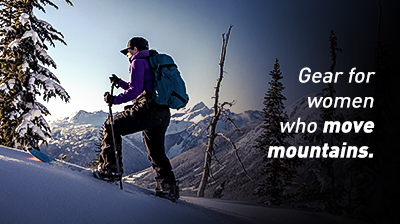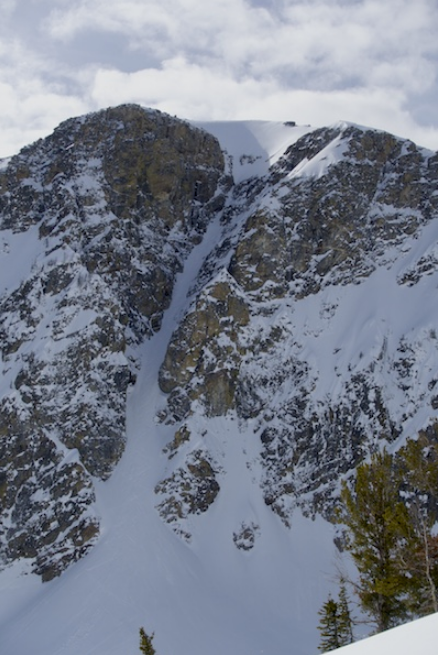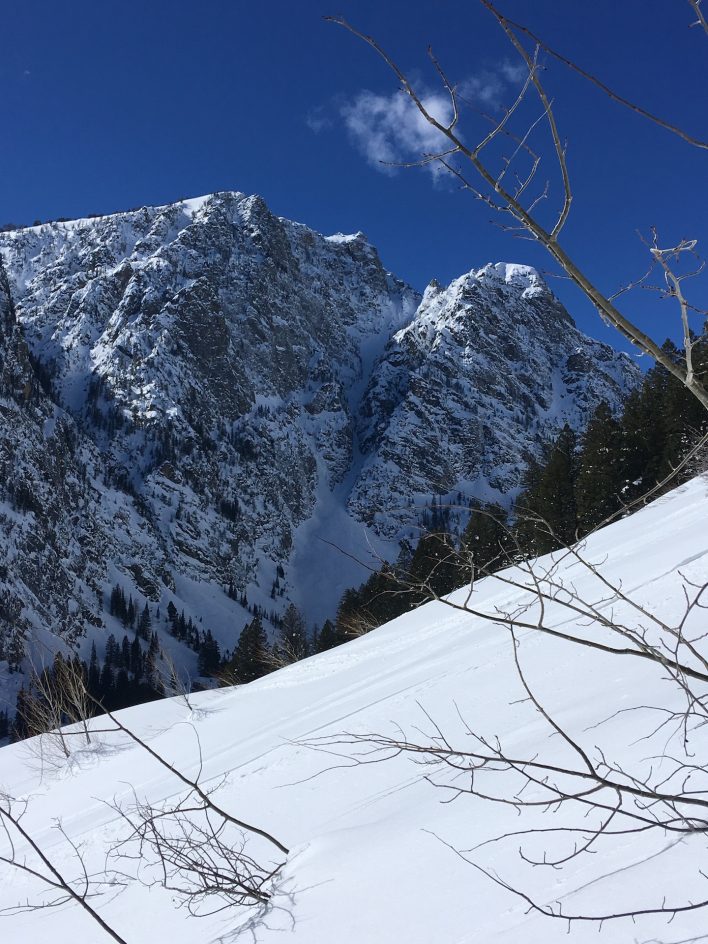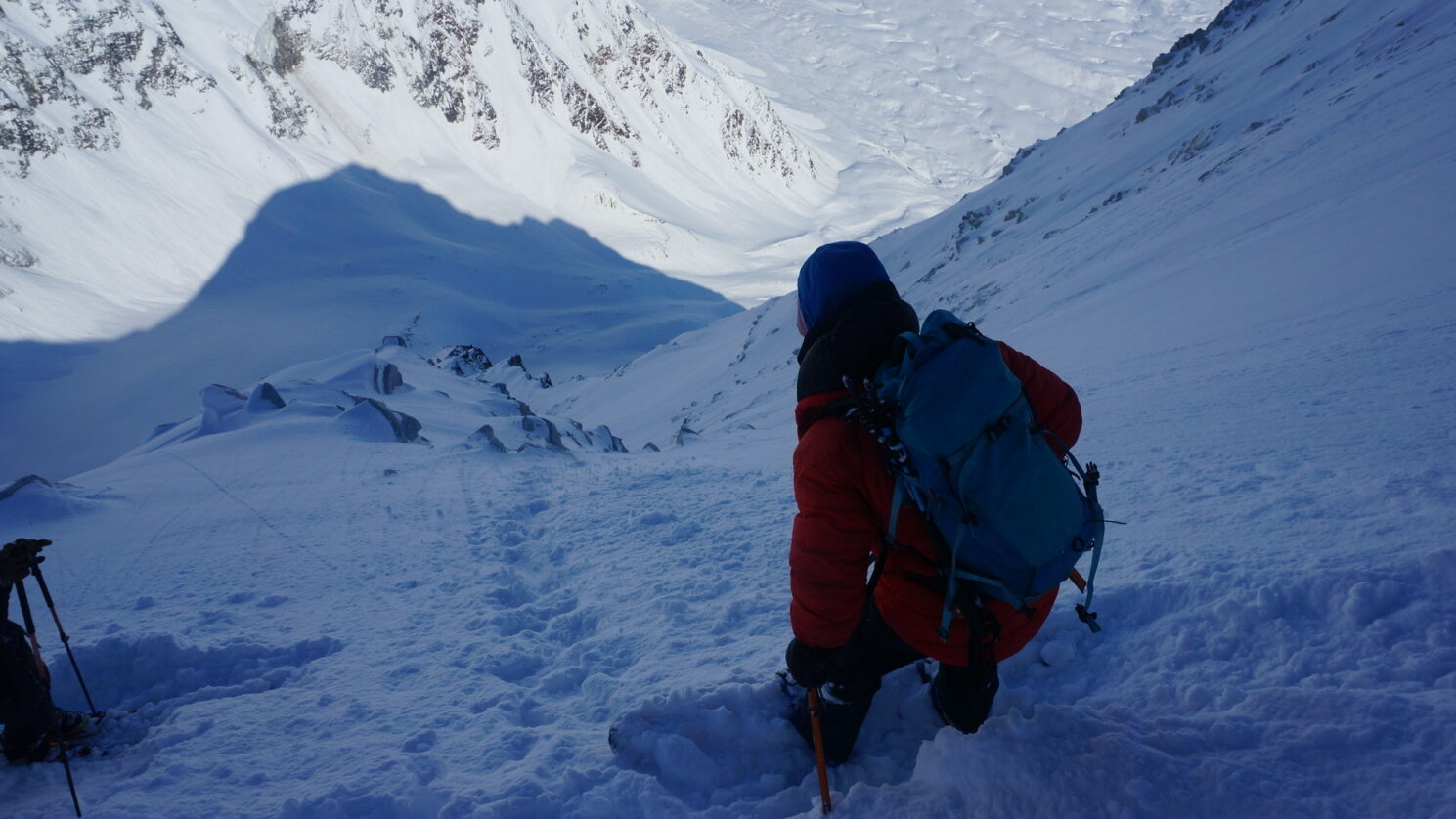
Backcountry Decision-Making and the psychology behind it
Share this Post
Decisions, decisions, decisions
We make an uncountable number of decisions every day. For each of them, there are two different processes at work. The conscious and the subconscious. Some decisions, we make with logic and thought. This is the conscious. Spoiler alert, most of our decisions are not made with the conscious. As you can imagine, this greatly impacts our backcountry decision-making.
The decisions we don’t notice we are making are usually more common faster-paced decisions and are made with mental shortcuts (heuristics) and/or feelings. This is the subconscious. Our subconscious is a primitive process left over from our evolutionary process. It takes in everything happening around us (the burnt morning coffee, the promotion you just got at work, the feel of the snow under your feet, etc) and factors it into this feeling regardless of whether one thing actually influences the other.
Both processes work by recognizing patterns and there are upsides to the way both processes work. The subconscious is fast while the conscious is slow. The conscious runs on logic while the subconscious runs on feeling. Before we dive into the backcountry decision-making side of this, I will ask you, which process is most common or dominant when you make your decisions in the snow?
To help shed some light on this I’d like to share a story about a near miss of mine. We made some good decisions and some bad ones, and luckily all three of us involved made it back to the car with nothing more than an interesting story and a few slices of humble pie in our bellies. Ready? Here we go.
A walk in the park
In February of 2012, two friends and I made a plan to ski two separate couloirs on Prospector Mountain in Grand Teton National Park: The V-notch and the Apocalypse. Both of these are north-facing couloirs with start zones between 10,000 and 11,000 ft. Our plan was to climb up and ski down the V-notch before heading over to the Apocalypse and rappelling in from the top. Neither of my partners had skied either route, but I had skied the V-notch once and the Apocalypse upwards of 25 times. All these experiences had been great, like, best runs of my life great.
As we approached the V-notch and climbed into the couloir the snow began to feel upside down and slabby. The conversation went like this.
-“Hey Diamond, This snow is upside down. Its been getting worse and I don’t think that this is going to get better as we get higher”
-“Well, Should we bail?
-“Yeah, It has been getting worse as we get higher. Seems like a no brainer to me”
And so we bailed. The interesting part is what comes next.
In the basin below the V-notch, we discussed what to do next. Should we continue with our plan to head over to the Apocalypse Couloir or bail completely and descend to the car? Unlike the V-notch where our familiarity was similar, I had significantly more experience in the Apocalypse than my partners. I drove the conversation.
“Eh, I feel like we won’t find the same slabbyness in the Apocalypse. I think we should go.”
They nodded in agreement and off we went. Let’s pause this story right there and take a quick look at the different ways we can communicate.
Subjective Vs objective language
Similar to how we make decisions there are also two types of language we can use when communicating with our partners: subjective and objective. Subjective language is everyday language and is laced with personal beliefs, values, and judgments of the person using it. This leaves room for the listener to make an interpretation based on their own experiences. If you’re anything like me, you use this type of communication all the time. It sounds like this
“Oh yeah, that slope is pretty mellow (or steep)”
“This slab isn’t all that thick”
“Ski conditions were excellent”
This style of communication is fast and easy but, because of the interpretation needed from the listener, it opens the door for miscommunication. Next time you’re out touring, ask your partner what slope angle “steep” refers to, or what constitutes “excellent” ski conditions, or what a “thick” slab is. My guess is their answers vary at least a little bit from yours.
Objective language is the answer to sorting out the miscommunications of subjective language. It is language that removes personal beliefs or judgments in favor of something that is measurable. We can do this but you’ll be surprised how much effort it takes to do it regularly. Objective language sounds like this
“That slope is 37-40 degrees”
“The slab is 10-15cms thick”
“We were skiing 50cms of 5%”
Tools like inclinometers and avalanche probes can help provide these objective measurements, making it easier to communicate clearly with your partners. With the knowledge of these two different types of language let’s go back to my near miss and re-visit the communication between me and my partners. Did we use any objective language? How about subjective?
A swing and a miss
We rappelled into the Apocalypse Couloir, pulled the ropes, and started to ski. As you might have guessed this was a terrible decision. Three turns in, we triggered a foot-deep slab that ran the length of the doglegging 3000ft couloir. With no good upward retreat options, we continued to ski albeit much more cautiously. We traversed back and forth, jumping on all the little untouched pockets and triggered a few more avalanches before making it to the canyon bottom. It was terrifying. We returned to the car with more questions than answers, but the one that has stuck with me the most is “How did we make such a bad decision after making such a good decision just a few minutes earlier?”
The short answer is, well, we’re human, and being human means that we feel first (subconscious) and think (conscious) later. Take a quick look at the last decision you made and I’ll bet before you had any time to think you had an opinion that seemingly materialized out of thin air. This is where the thought that we wouldn’t find the same slabbyness in the Apocalypse came from and unfortunately for us, this is also where it stopped. I was too aroused (have you ever made a bad decision due to arousal?) by the idea of another “best run of my life” to take the time to objectively look at the information at hand.
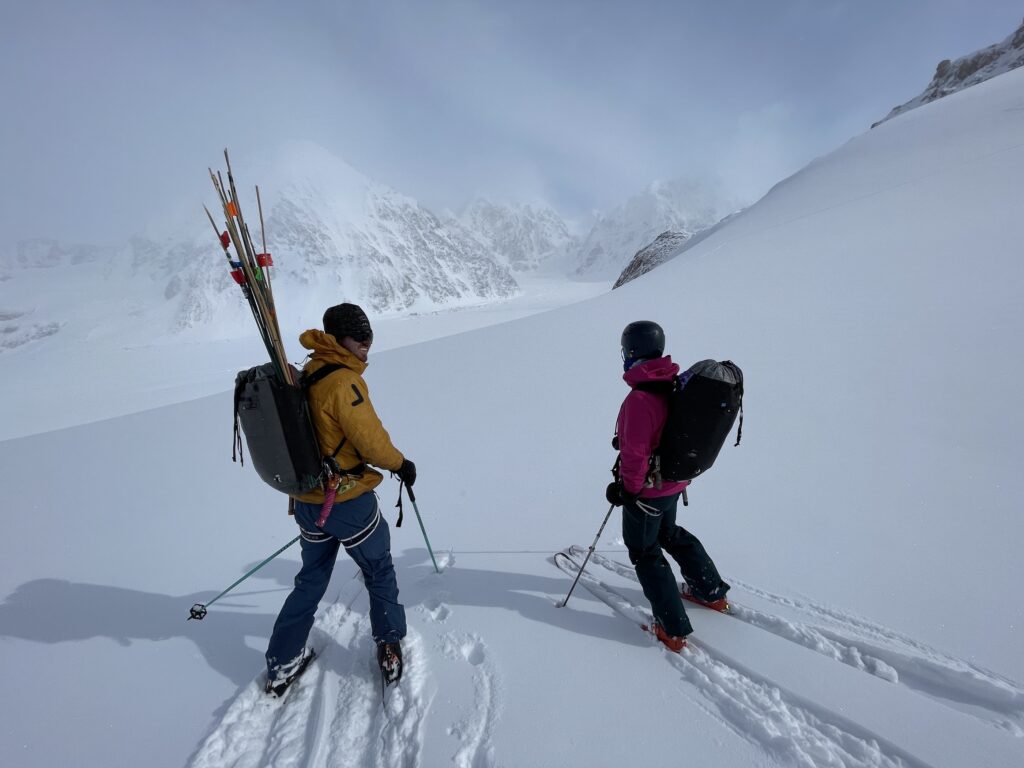
So what do we do?
There are some clues that I have picked up on when I am communicating with partners in the mountains that can key me into whether they (or myself) are letting our conscious or subconscious drive the backcountry decision-making process. These clues are linked to the subjective and objective language I talked about earlier. When one of us starts a sentence with “I feel” that cues me into the idea that we are letting the subconscious make conclusions and decisions. This does not mean that we are about to make a poor decision, but rather that we are trying to shortcut the real work of converting our subconscious thoughts into something that involves logic and objective observations.
I still use and hear “I feel” a lot in my day-to-day communication and I want to reiterate that those feelings are not useless, but for big important decisions (like the one to ski avalanche terrain or not) the subconscious is a pattern recognition machine that lacks a deliberate direction. It needs the conscious to keep it between the lines. The challenge that I will leave you all with is that when you find yourself using “I feel” in a conversation around hazards in the mountains… slow down and take some time. Figure out where that feeling is coming from by converting the feeling into objective language around patterns in the snow and the mountains, then make a decision.
About The Author
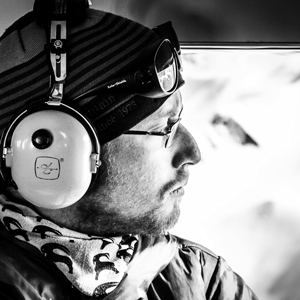
Location: Jackson, WY
Top Gear Picks: Skyline 166cm / Hyper V-Tail 160cm and 190cm
Instagram: @aarondiamond13
Aaron Diamond is an AMGA Certified Splitboard Guide and avalanche educator based in Jackson, Wyoming. He guides year round for Exum Mountain Guides and has guided technical ski and snowboard descents on various Teton summits including the Grand Teton, Middle, Teton, Nez Perce, and Mt Moran. In the summer months Aaron works as an alpine climbing guide on Denali and throughout the Greater Yellowstone Ecosystem. He is alway psyched to share his backyard with experienced and new backcountry travelers
In his free time Aaron enjoys spending time in the splitboarding in the Tetons, or exploring the lesser known areas of the Alaska Range with his friends. He has first descents in the Tetons, Andes, and Alaska Range, including unrepeated splitboard descents of the Ramen Route on Mt Hunter (14,573ft), Mt Foraker’s Sultana Ridge (17,400ft), The Fat Calf Couloir on Pico Polaco (5995m) and the SE Face of the Gilkey Tower (12,320ft).
Share this Post



